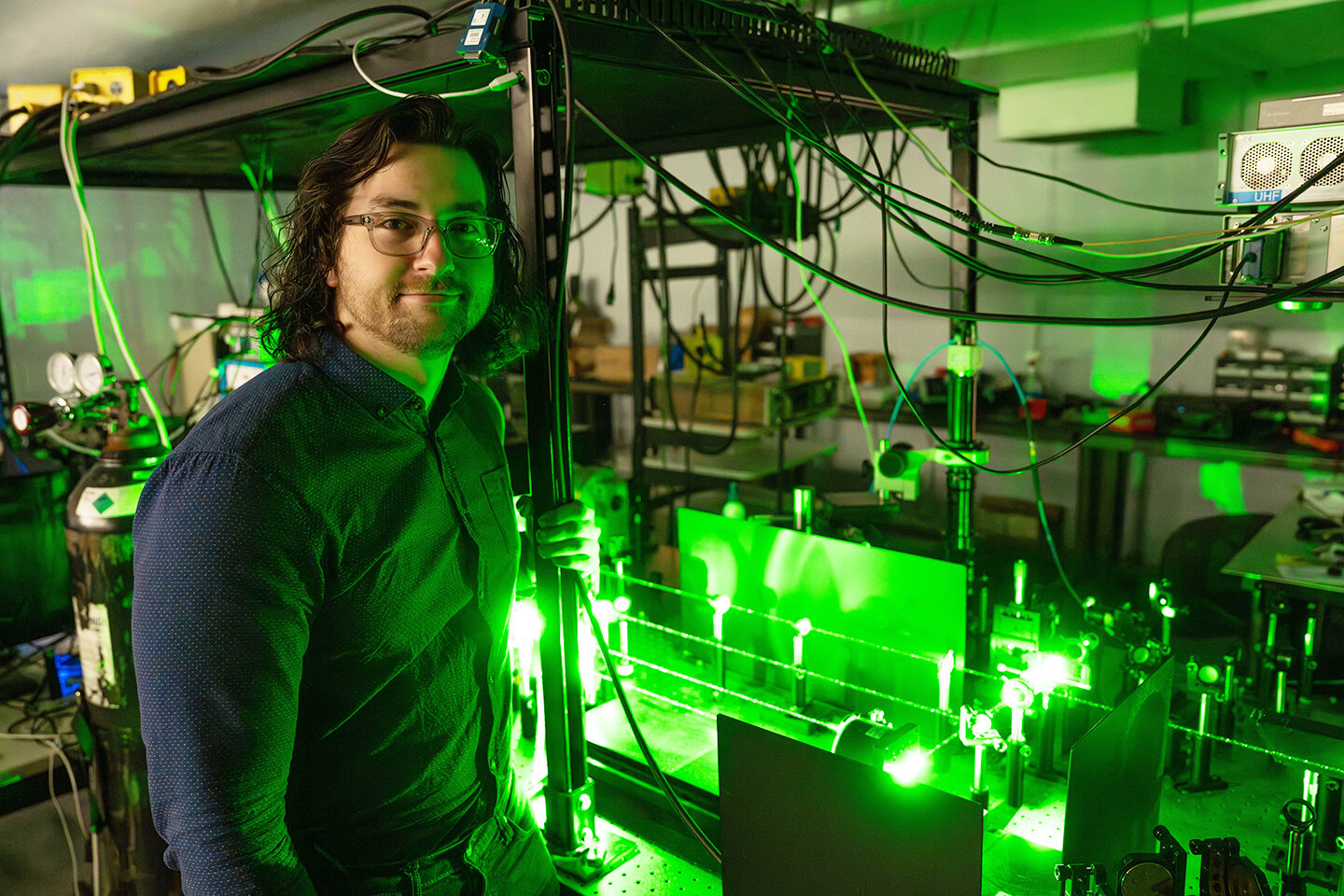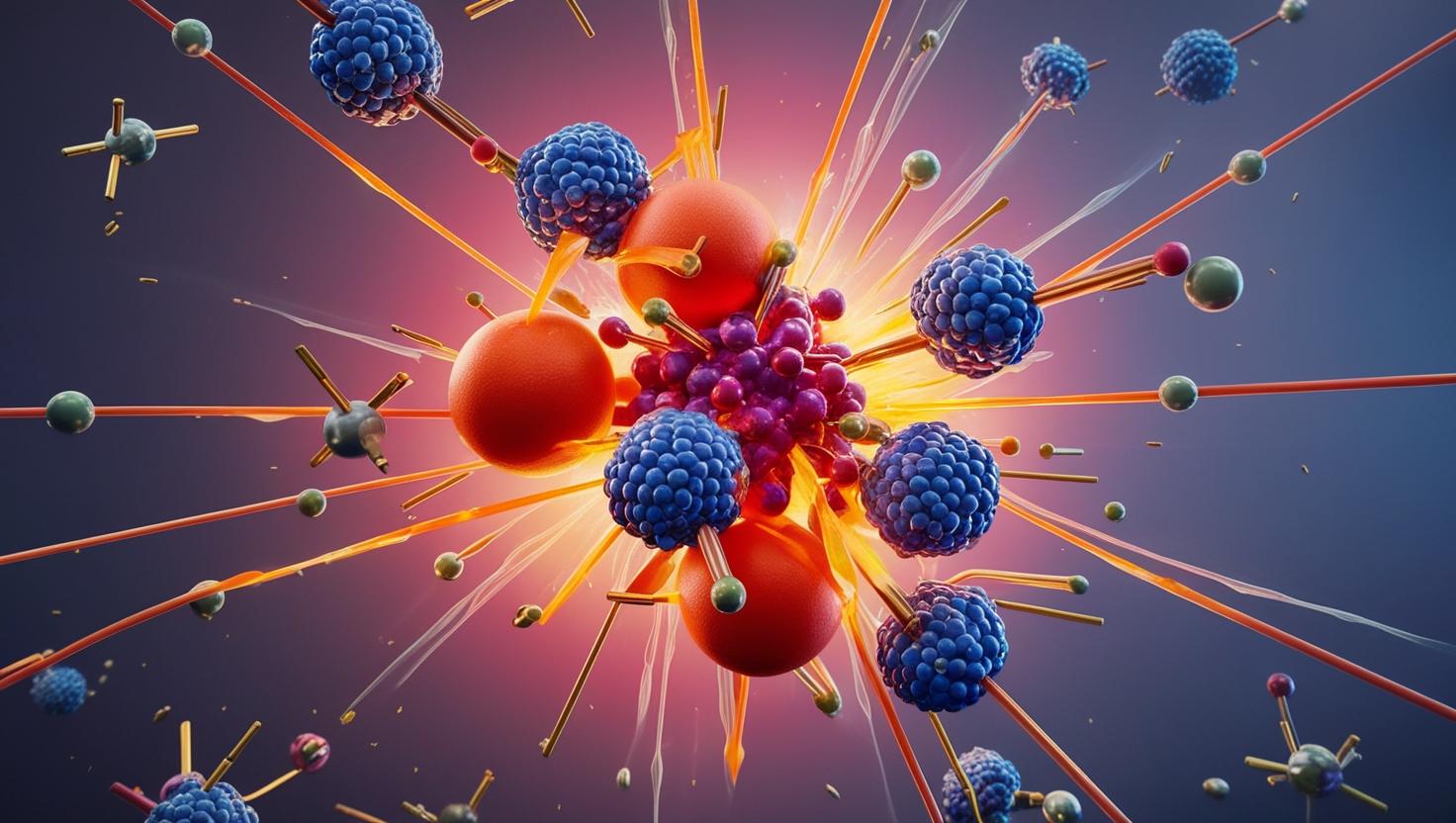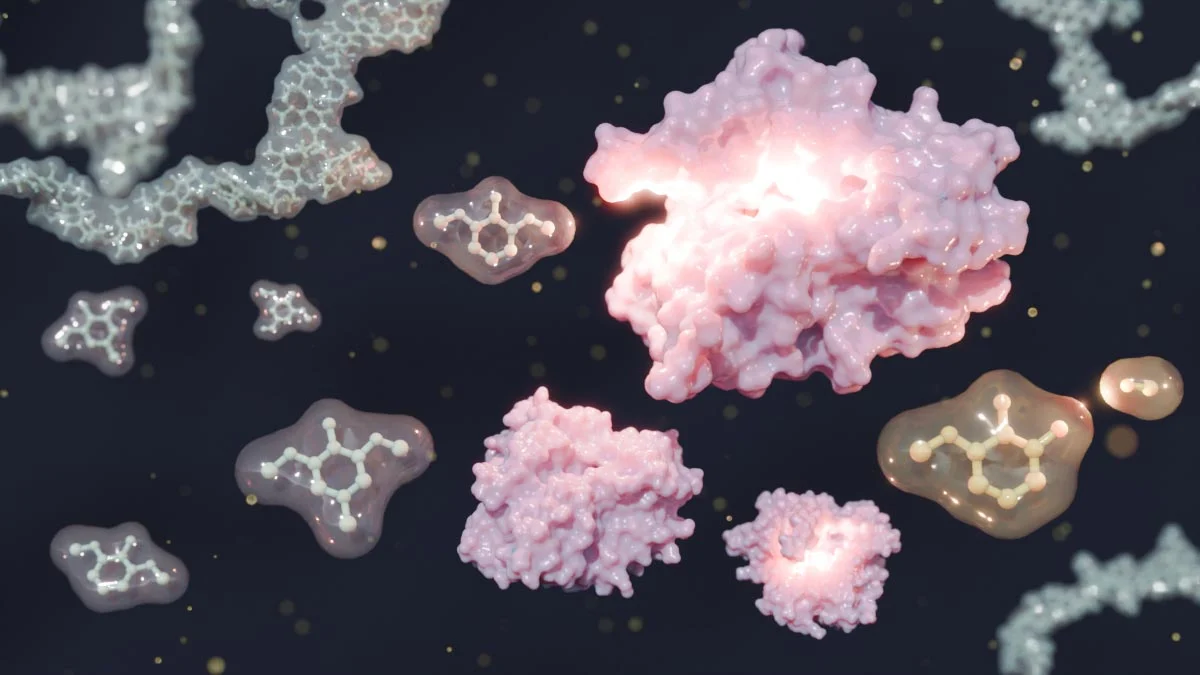A Breakthrough Moment: Watching Atoms Move During Catalysis
In a groundbreaking achievement, scientists have unveiled the first-ever video capturing atoms in motion during a chemical reaction. This monumental discovery offers an unprecedented glimpse into the world of catalysis—an essential process that drives many chemical reactions, from industrial production to energy generation. For decades, catalysis has been a mystery to chemists, with its intricate atomic movements hidden from direct observation. Now, thanks to cutting-edge technology, researchers can witness these movements in real-time, shedding light on the very core of chemical transformations.
This breakthrough was made possible by a team of scientists at the University of Edinburgh, led by Dr. David L. K. O’Hare, who used advanced imaging techniques to observe atoms as they moved during a catalysis reaction. For the first time, the normally invisible process of atoms shifting and rearranging during chemical reactions has been brought into view. The video is a triumph in the field of chemistry, unlocking new doors to understanding how catalysts work at the atomic level.
This video shows a fleeting hemiacetal alkoxide intermediate, which the researchers, unprecedentedly, captured. The team also observed its reverse aldehyde elimination, generating an aldehyde and a molybdenum alkoxide intermediate. This transformation — the conversion of an alkoxy ether to an alkoxide — represents a textbook example of a thermal E1cB-elimination reaction, which is expected to proceed with a very low energy barrier. Credit: Northwestern University
🔬 Understanding Catalysis at the Atomic Level
Catalysis is at the heart of many chemical reactions, making it vital in industries ranging from pharmaceuticals to clean energy. A catalyst speeds up a chemical reaction without being consumed by it, which makes the process more efficient. However, until now, scientists had to rely on indirect methods and theoretical models to understand how catalysts function at a molecular level.
The inability to see atoms in motion during these reactions meant that many aspects of the process remained a mystery. Researchers knew that catalysts interact with reactant molecules to lower the energy required for a reaction to proceed, but the exact mechanisms were not fully understood. By capturing the motion of atoms, this new technique allows scientists to directly observe how catalysts facilitate chemical reactions. This new understanding could lead to the development of more efficient and sustainable catalytic processes, revolutionizing industries worldwide.
🧪 The Science Behind the Video: A Technological Leap
So, how did the scientists manage to capture these atomic movements? The key lies in a specialized form of electron microscopy known as aberration-corrected transmission electron microscopy (AC-TEM). This powerful tool enables researchers to visualize atoms in motion with extraordinary clarity and resolution. Unlike traditional electron microscopes, which struggle to capture fast-moving particles, AC-TEM is capable of capturing individual atomic movements in real-time.
During the experiment, the team observed a metal catalyst interacting with a reactant molecule. Using AC-TEM, they were able to watch the atomic shifts and rearrangements as the catalyst facilitated the reaction. This real-time observation allows for a much deeper understanding of the reaction mechanism, offering insights that were previously impossible to achieve with conventional methods.
🌍 The Implications of Observing Atoms in Action
The ability to observe atoms during catalysis opens up exciting possibilities for both scientific research and industrial applications. Here’s how this breakthrough could shape the future of chemistry:
1. Enhancing Reaction Efficiency
By understanding the atomic dynamics of catalytic reactions, scientists can design more efficient catalysts that accelerate reactions without wasting energy or resources. This could lead to more cost-effective and environmentally friendly industrial processes, from manufacturing chemicals to producing clean energy.
2. Improving Sustainable Practices
One of the greatest promises of this discovery is the potential for creating more sustainable chemical processes. With better insights into how catalysts work at the atomic level, researchers can design reactions that use fewer raw materials and produce less waste. This could have a profound impact on industries like pharmaceuticals, petrochemicals, and even carbon capture.
3. Revolutionizing Catalyst Design
With direct observations of atomic behavior, researchers now have the ability to design catalysts with unprecedented precision. Instead of relying on trial and error or theoretical models, scientists can create catalysts that are tailored to specific reactions, making processes more selective and efficient. This could lead to significant advancements in areas like green chemistry, where precision and efficiency are key to reducing the environmental impact of chemical processes.
What Do You Think?
This monumental achievement has the potential to revolutionize the way we understand and use catalysis. What are your thoughts on watching atoms in motion? How do you think this discovery could change the future of chemical reactions and industries worldwide? Share your thoughts in the comments below, and let’s start a conversation!
To stay on top of the latest advancements in science and technology, visit DailySciTech.com for fresh insights and discoveries every day!









